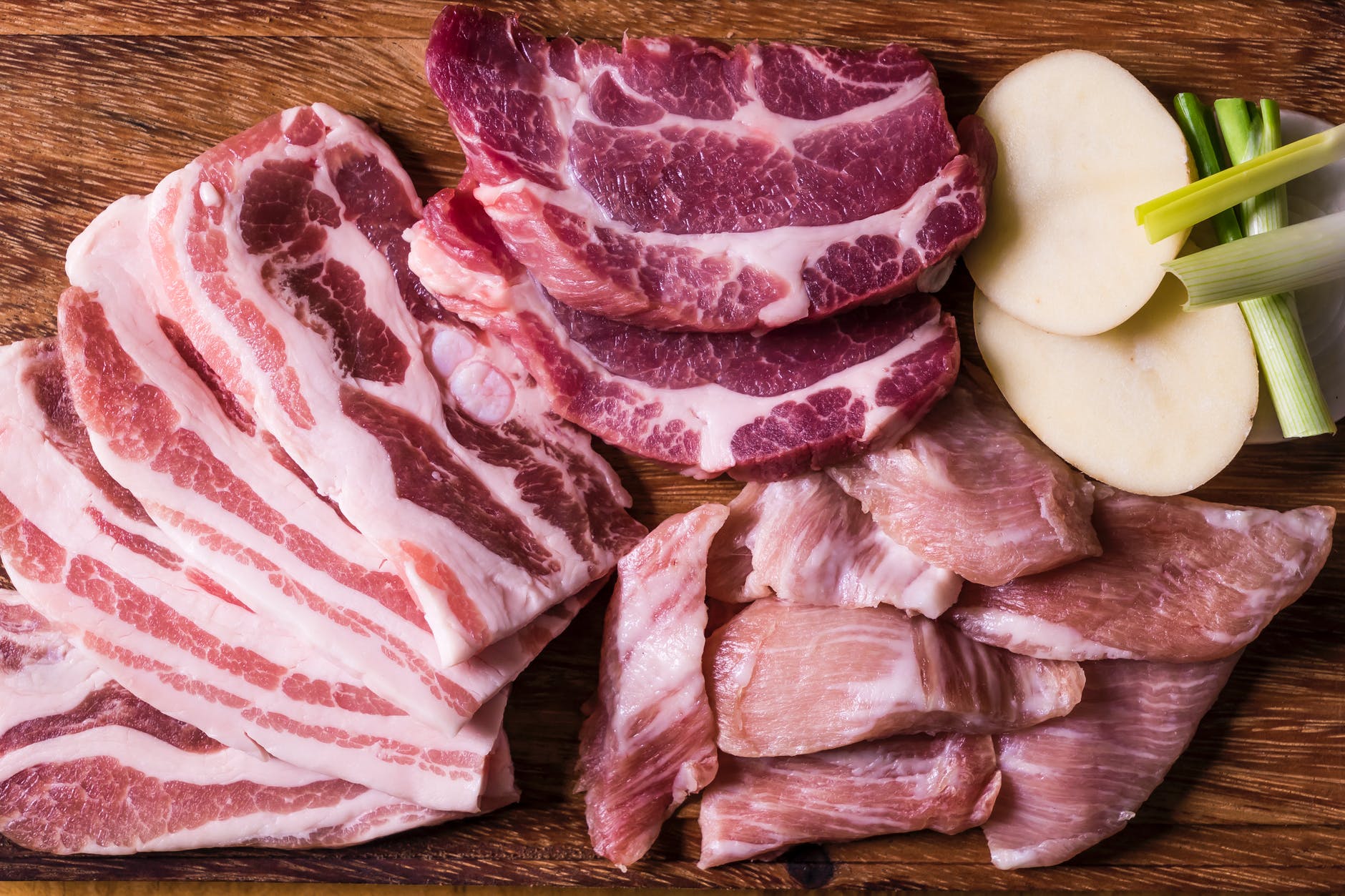In case you missed it see what’s in this section
We recommend
Your Total Guide To eating and drinking

Humans have consumed meat as part of their diet since prehistoric times. A type of animal flesh- meat is a good source of protein with a high biological value. Previously, meat was simply stored and preserved in refrigerators.
However, with growing consumption, we have seen a growth in the size of the meat market. Thus, as meat is transported across geographies, the preservation process has become detailed and essential. The process helps in preserving quality food without losing texture, color, or nutritional content. It also aids in spoiling prevention by reducing microbe growth, delaying enzymatic activity, and preventing the oxidation of fatty acids that cause rancidity.
The meat preservation process ideally begins at the slaughter lines. The large warehouse where meat is slaughtered to preserve is indeed a traditional system. Yet, with recent advancements, the process of preservation is also getting advanced. New methods have developed over time which also include certain technologies to maintain the quality.
5 best ways to optimally preserve the meat
Cold Storage
The most crucial factor influencing bacterial proliferation is temperature. As a result, meat should be preserved at as low a temperature as feasible. The most frequent method of meat preservation is refrigeration. Fresh meats have an average refrigerated storage life of 5 to 7 days.
Freezing
To retain meat quality, the rate at which it is frozen is critical. Rapid freezing is preferable; prolonged freezing causes huge ice crystals to develop in the flesh, rupturing cell membranes. When this meat is thawed, it loses a lot of moisture. As a result, cryogenic freezing or other quick techniques of freezing meats may be recommended. It is beneficial to keep these minor details in mind to retain maximum product quality in the commercial sector.
Canning
Canning is the second most prevalent method of meat preservation. Canning is the process of sealing meat in a container and then heating it to kill any bacteria that could ruin the meal. Canned goods can be safely stored at room temperature indefinitely under typical conditions.
Deboning
Deboning is the process of separating flesh from bones in meat, poultry, or fish with a specialist knife. Deboning is an advanced culinary technique that takes a lot of effort to master, but it's a necessary skill to have if you want to take your gastronomic skills to the next level. Deboning is a method of preserving meat for several days that is used in many households.
Vacuum Packaging
Many bacteria require oxygen to thrive. Hence, most meat products are vacuum-packed, which allows for a storage life of up to 100 days in refrigerated settings. Furthermore, vacuum packaging reduces the development of rancid meat by reducing the oxidation of unsaturated fatty acids.
In case you missed it see what’s in this section
Listings